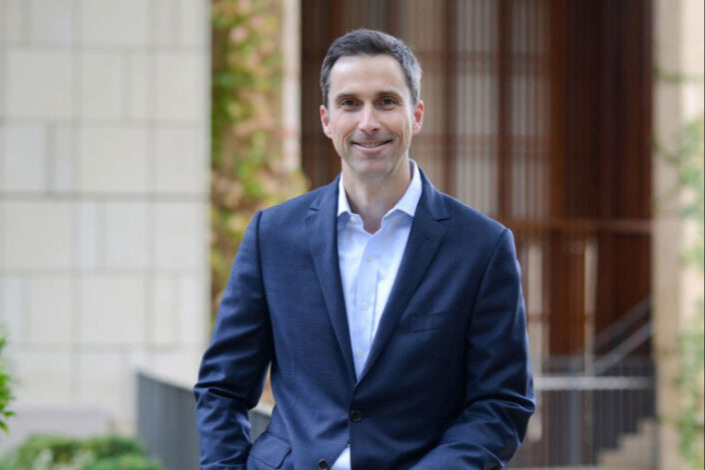The recent decisions made by the U.S Supreme Court – from overturning the constitutional right to abortion, to limiting the EPA’s regulation of carbon emissions, to expanding the carrying of concealed weapons, among other rulings – are sending shockwaves across the country.
Indeed, the recent rulings have led many Americans to wonder what the implications will be for other rights, such as access to birth control and marriage equality.
For some Stanford scholars, the rulings indicate how the conservative-leaning court views the relationship between the three branches of government – legislative, executive, and judicial – and where they view the power for decision-making lies as they establish new precedent on, for example, what is considered a congressional issue versus a constitutional one, and what is a matter for a state legislature versus a federal body.
“When paired with yesterday’s decision striking down New York’s law requiring gun permits, we see an aggressive Court that is imposing on the country dramatic change in doctrine and policy,” said Jane Schacter, the William Nelson Cromwell Professor of Law at Stanford Law School, the day after the 6-3 ruling in Dobbs v. Jackson Women’s Health was announced.
Here, Schacter and other Stanford faculty discuss some of the seismic changes the Supreme Court has set in motion and what to expect from a court whose ideology tends to diverge from public opinion, as well as other scholarship related to how governance is structured in the United States.










